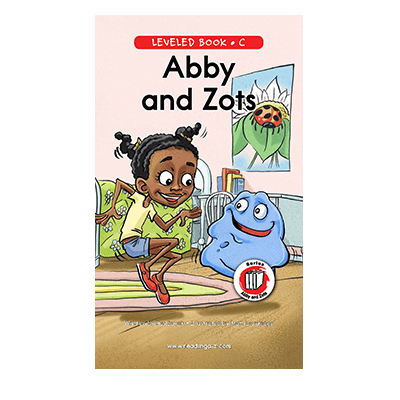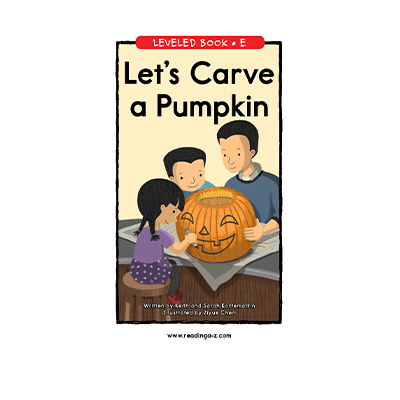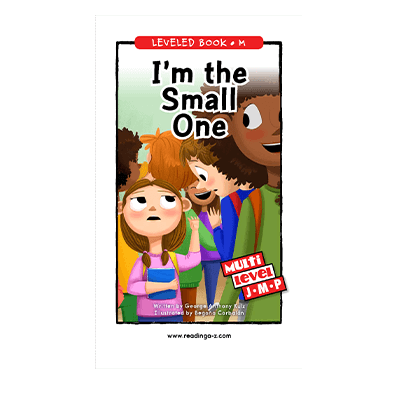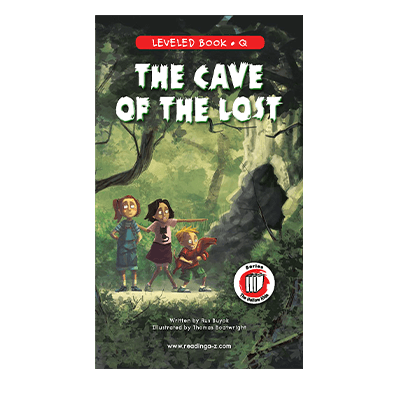When engaging in reading instruction, many teachers tend to seek out printable kids books to provide small group and independent reading practice, but is that enough? Though some have grown quite accustomed to the feel of a book in-hand, there may be a better way. If you aren’t familiar with the concept of digital books, we’d like to take some time to explore the advantages of digital books in comparison to printable books and provide you with a few ideas to get started.
Engage Students by Leaving Printable Books Behind
Though traditional printable kids books have secured their spot as a part of reading instruction, they tend to limit student engagement with the text. Outside of the act of reading itself, the goal of the reading journey is to achieve high levels of reading comprehension, knowledge building, and understanding to analyze the text and approach new, more difficult texts in the future. To do so, students need to engage with the text in meaningful ways beyond physically highlighting or annotating the text. Once the transition from printable books to digital books occurs, students will enjoy a plethora of tools to help them further understand and engage with the text. Raz-Plus, for example, offers a library of hundreds of leveled texts that span across a variety of subjects and includes ebook tools to develop key 21st century reading skills such as:
Record and listen: This feature allows students to refine key foundational skills such as fluency by allowing them to record themselves reading a book and playback their own recording. In addition, students are able to send these recordings to their teachers, allowing them to remedy any fluency issues.
Draw, Highlight, and Stamp: Engaging with the text just got easier! The draw, highlight, and stamp features allow students to circle, underline, highlight, or stamp parts of the text to practice a variety of reading skills. If a student, for example, encounters a word they are unfamiliar with, these features allow them to underline the word in question and underline contextual evidence about its true meaning. Students can also use this feature to highlight textual evidence to answer analytical questions about the text, allowing students to engage in close reading practices with ease.
Notes: The notes feature allows students to write questions about the text that come up as they read and provides a space for them to record the main idea of the story or a summary they put together.
Ejournal: As students encounter new words, the Ejournal feature allows them to reflect on what they’ve read, state quick opinions, or respond to the text, demonstrating their understanding of the text and its meaning.
Click on a word: Students can click on a word and receive phonics information, listen to the pronunciation of the word, or view information about that particular vocabulary word to strengthen student understanding.
Tools such as these are the exact reason why digital books tend to outperform traditional printable books. Though students can certainly physically highlight, underline, and annotate a printable book, they are missing out on some other key tools that are available in digital solutions.
Guiding all Phases of the Reading Journey
Outside of providing digital tools to dissect the text, digital reading solutions like Raz-Plus offer a variety of assignments, quizzes, and more! Printable books can certainly be helpful when it comes to providing reading practice, but tend to fall short in terms of providing support for the entire journey. Solutions such as Raz-Plus help students achieve reading comprehension and improved reading performance by offering printable and online assessments and quizzes that promote critical thinking and fully support close reading.
Selecting Reading Material Without Hassle
Selecting reading materials for students can be a convoluted process. Outside of appealing to student interests, it is imperative to select texts that are appropriate for each student’s individual reading level. This level of personalization and differentiation simply isn't as easy with printable books, as they require manual selection, a plethora of background knowledge about each individual student, and more time than the average teacher has to spare.
With Raz-Plus, this is a thing of the past! Outside of housing hundreds of high-quality books, Raz-Plus provides personalized reading recommendations that are standards-aligned, developmentally appropriate, printable, and available online. This time-saving feature truly makes it possible for differentiated reading instruction and ensures that each student is both challenged by and interested in the material they’ve been assigned.
Digital Book Examples to Replace Printable Books
Now that you’ve seen the advantages of using digital books over printable books, we’d love to provide you with a list of the top books available within Raz-Plus, our comprehensive, award-winning literacy solution.

Abby and Zots
Grade: Kindergarten
Genre: Fantasy (fiction)
Level: C
All best friends have similarities and differences, but none are quite like Abby and Zots! Abby and Zots is a story about a girl and her best friend from outer space. This simple and delightful story offers students the opportunity to practice the skill of comparing and contrasting. The colorful illustrations, high-frequency words, and repetitive sentence structure support early emergent readers. The book can also be used to teach students how to visualize to understand text as well as identify and use periods.

Let's Carve a Pumpkin
Grade: 1st
Genre: How to (nonfiction)
Level: E
Pumpkin carving is a favorite fall tradition. Let's Carve a Pumpkin explains the steps involved in this fun craft with simple sentences and helpful illustrations. Emergent readers can use the pictures and prior knowledge of the subject to decode the text. Students will also learn about sequencing events.

I'm the Small One
Grade: 2nd
Genre: Realistic (fiction)
Level: M
I'm the Small One is the story of Sophie, a second-grader who feels frustrated because she is so small. After hating her size and failing in her attempts to grow faster, she finally learns that being small has its good points. Colorful illustrations and a funny storyline will help students learn this powerful lesson of self-acceptance--and even self-love. Students will also be able to identify the narrative point of view and retell to better understand the story. The book and lesson are also available for levels J and P.

The Cave of the Lost
Grade: 3rd
Genre: Adventure (fiction)
Level: Q
Another installment of The Hollow Kids series finds Qynn, Sarah, and Jake at the mouth of a mysterious cave. This is no ordinary cave—it’s The Cave of the Lost. After hearing what sounds like crying from deep within, the friends decide to delve into the darkness. With a single flashlight, the children find themselves lost—but not alone. Who is in the cave with them, and will they find their way out? Detailed illustrations support this entertaining and suspenseful text.
As you begin to search for reading material to complement classroom instruction, we encourage you to explore the realm of digital books, as their capabilities far exceed that of printable books.
Make the Switch to Digital Books Today!
Transition from printable books with a free trial of Raz-Plus today!
LEARN MORE

